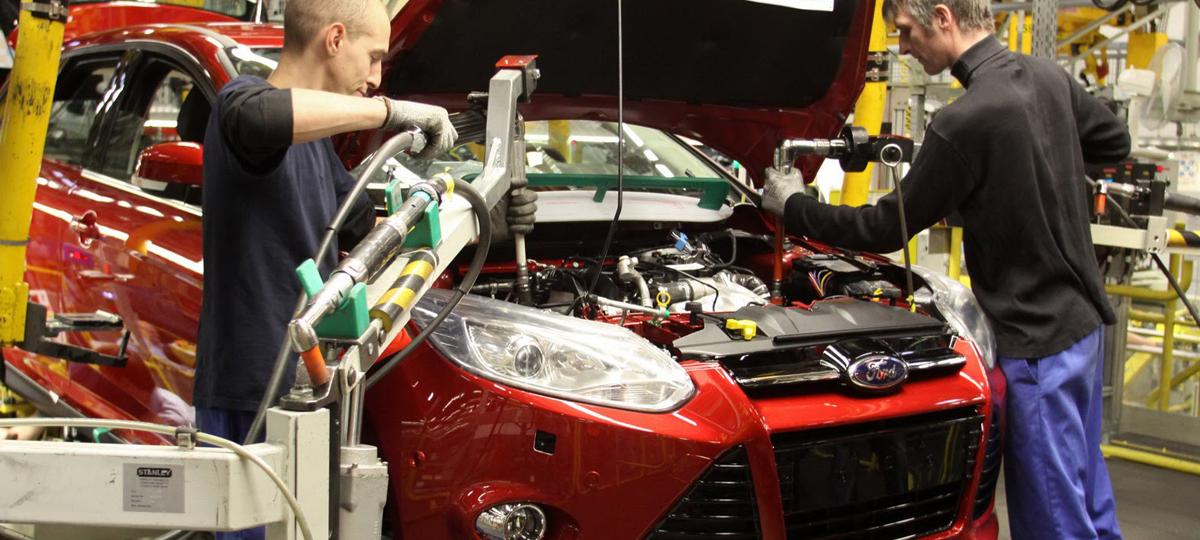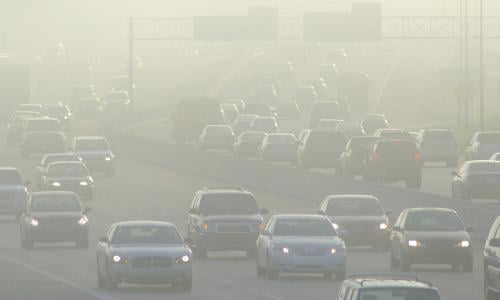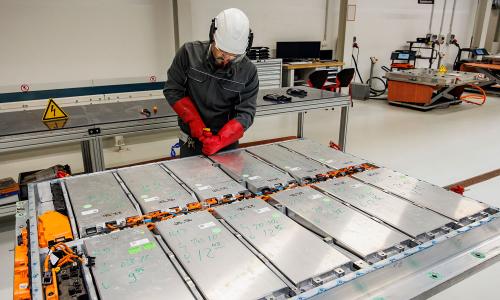Nearly one half of everyone living in the United States—an estimated 150 million—live in areas that don’t meet federal air quality standards. Passenger vehicles and heavy-duty trucks are a major source of this pollution, which includes ozone, particulate matter, and other smog-forming emissions.
The health risks of air pollution are extremely serious. Poor air quality increases respiratory ailments like asthma and bronchitis, heightens the risk of life-threatening conditions like cancer, and burdens our health care system with substantial medical costs. Particulate matter is singlehandedly responsible for up to 30,000 premature deaths each year.
Passenger vehicles are a major pollution contributor, producing significant amounts of nitrogen oxides, carbon monoxide, and other pollution. In 2013, transportation contributed more than half of the carbon monoxide and nitrogen oxides, and almost a quarter of the hydrocarbons emitted into our air.

Solutions are here
Clean vehicle and fuel technologies provide us with an affordable, available means of reducing transportation-related air pollution and climate change emissions. These include fuel-efficient vehicles that use less oil; cleaner fuels that produce fewer emissions; and electric cars and trucks that can entirely remove tailpipe emissions.
Strong federal and state policies also help. Vehicle emission standards have helped cut pollution from cars and trucks by about 90 percent since 1998, with further improvements coming from the Tier 3 standards. Future emissions reductions from trucks and other freight sources are essential for meeting air quality standards and protecting the health of those who live and work close to ports, rail yards, and freight corridors.




